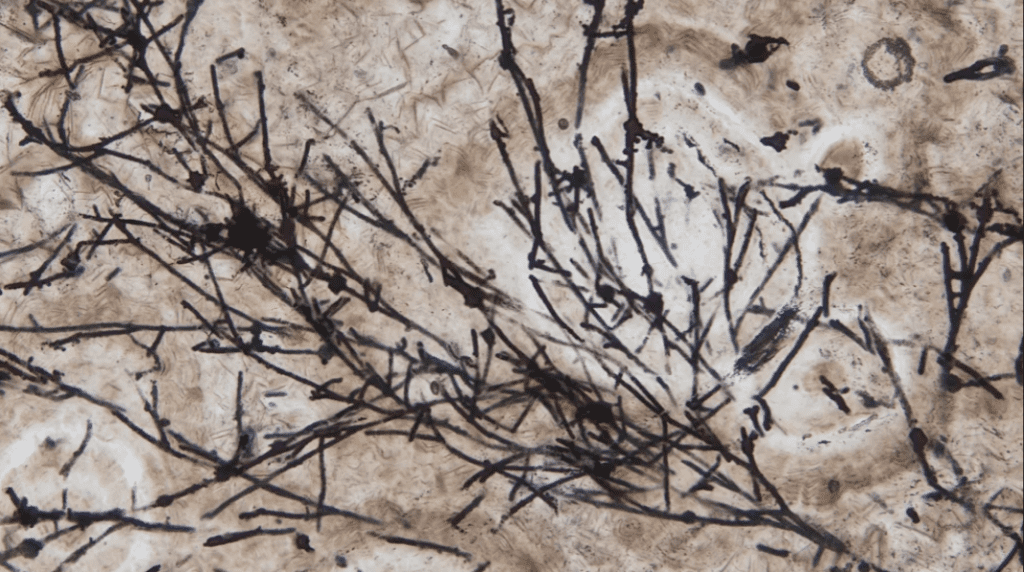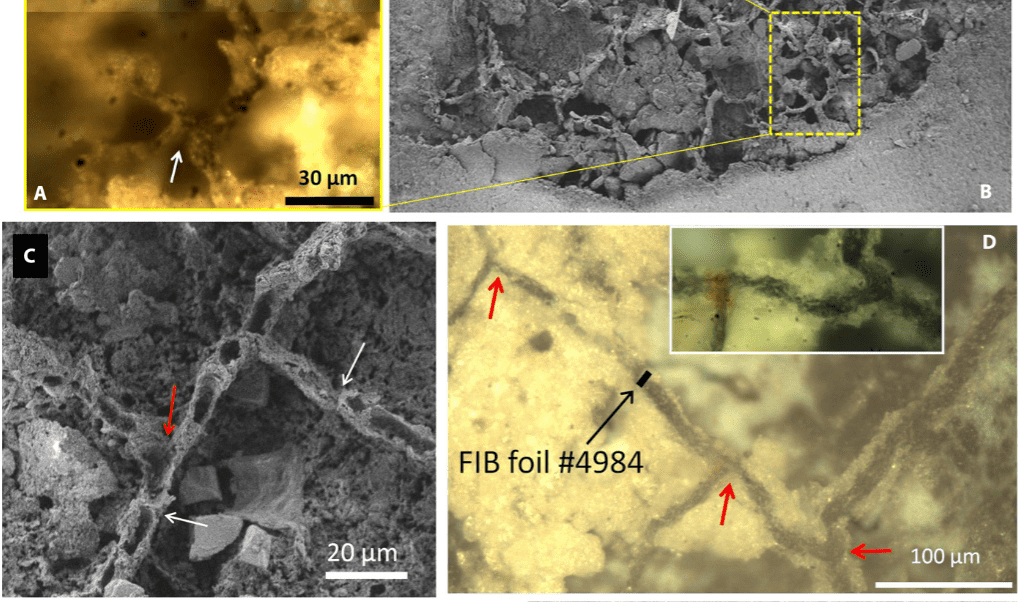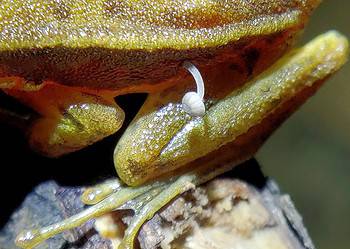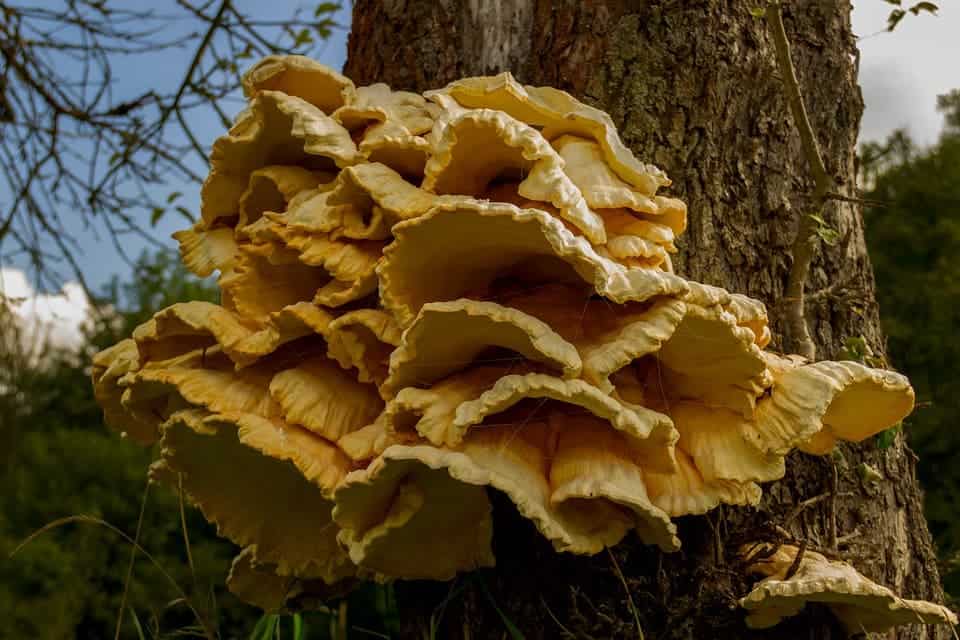A serendipitous discovery may rewrite a big chunk of Earth’s history. It’s potentially the world’s oldest terrestrial fossil — and if this is the case, it may have played an important role in an event called the Snowball Earth.

Some 650 million years ago, the Earth was a very different place. It’s not just that the continents were in different positions and almost all of the Earth’s life was concentrated in the oceans, but the earth itself was different — it was frozen.
It wasn’t just a thin layer or a few moving glaciers, the oceans were sealed away from the Sun by more than a kilometer (0.6 miles) of solid ice. We know this thanks to geological evidence of big glaciers around the equator — and if the equator had big glaciers, so too did the rest of the world. Then, almost in no time (‘no time’ from a geological standpoint), our world began to thaw.
The reasons why this Snowball Earth ended are even less clear than the reasons why it started, but whatever the case was, this allowed life to thrive on land for the first time. Some researchers have suspected that fungi were among the first creatures to colonize the newly-thawed environment, but finding evidence has proven almost impossible.
Much of what we know about ancient life comes from fossils, but since mushrooms’ soft tissues rarely fossilize, it’s been hard to learn anything about their early history. This is where the new discovery comes in: an international team of scientists in South China has discovered what appears to be fungi fossils in a rock dating 635 million years ago.

It’s not the first time such a fossil has popped up. In the past two years alone, the early history of fungi was given a complete makeover.
In 2019, scientists reported the discovery of a fungus-like fossil in Canada. The microscopic fossil was found in an estuary and was dated to 1 billion years ago. This would put fungus evolution before that of plants. In 2020, another study dated other microscopic fungus fossils to between 715 and 810 million years ago. For comparison, the first dinosaurs emerged around 230 million years ago.
Now, a new study adds more weight to the idea of early fungal evolution.
“It was an accidental discovery,” said Gan. “At that moment, we realized that this could be the fossil that scientists have been looking for a long time. If our interpretation is correct, it will be helpful for understanding the paleoclimate change and early life evolution,” said Tian Gan, a visiting Ph.D. student in the Xiao Lab at Virginia Tech, led by Shuhai Xiao.
Of course, serendipity can only get you so far. Xiao and Gan know exactly which rocks have the best odds of offering interesting microfossils, but even so, there’s a big element of chance to it. So when they looked at one particular rock and found fossilized, thread-like filaments (a trademark of fungi), they were thrilled.
There is still some controversy about whether these are indeed fungi and not something else (as with the previous studies), but thorough microscopic analysis seems to suggest this is likely the case. The filaments are definitely organic in nature, and while bacteria can also produce this type of filament, they are much more consistent with fungi than bacteria.
This would put fungi at a turning point in the evolution of life on Earth. Fungi do a lot of unglamorous tasks, breaking down both minerals and organic matter. They play an important role now, by recycling nutrients into the ecosystem, and they would have done the same thing 635 million years ago, potentially paving the way for plants and animals to move in.
“The question used to be: ‘Were there fungi in the terrestrial realm before the rise of terrestrial plants’,” explains Xiao. “And I think our study suggests yes.”
The study was published in Nature Communications.






